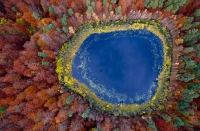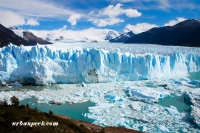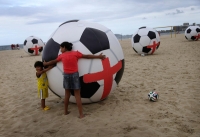Sous exposé (Michel Gay) French Français France
21.Dec.2016Michel Gay: On 15 December 2016 in Marseille (FRANCE), Michel Gay was honored to receive the Yves Chelet Prize awarded by the French Nuclear Energy Society (SFEN). The Yves Chelet Prize rewards "the author of objective and educational media works for the dissemination and promotion of nuclear science and technology".
Flyer from XLNT Foundation: Radiophobia Kills
01.Dec.2016Mohan Doss, Medical Physicist, XLNT Foundation: Extreme irrational fear of things that are relatively harmless or even beneficial in small quantities is a serious problem, as it would make people flee the imaginary threat potentially making them run into real danger. Too many people have Radiophobia, fear of small doses of radiation. The Linear No Threshold (LNT) Hypothesis encourages this phobia in U.S. regulations. The XLNT Foundation is dedicated to getting rid of (Xing out) the LNT hypothesis in order to enhance public health. Eliminating the LNT hypothesis will help rejuvenate nuclear power industry (which has been throttled by radiophobia) thereby improving the quality of life globally. It will also have a tremendous positive impact on human health by enabling major progress in the war on cancer, as described in the Flyer below. Please share the Flyer with your friends and colleagues.
Urgent Change Needed to Radiation Protection Policy (Jerry Cuttler, Health Physics Society)
13.Aug.2016Jerry Cuttler: Although almost 120 years of medical experience and data exist on human exposure to ionizing radiation, advisory bodies and regulators claim there are still significant uncertainties about radiation health risks that require extreme precautions be taken. In the `950s, without scientific evidence, the Natitonal Academy of Sciences Biological Effects of Atomic Radiation (BEAR) Committee recommended that the linear no-threshold (LNT) model be used to assess the risk of radiation-induced mutations in germ cells and the risk of cancer in somatic cells.
James Conca, contributing scientist to Forbes. Background radiation across the Earth varies from 3 mrem/yr (0.03 mSv/yr) over the oceans to 10,000 mrem/yr (100 mSv/yr) in areas of high elevation made up of granitic rocks. Thus, it is not surprising that populations subjected to radiation levels of 10,000 mrem (100 mSv) or below, either natural or man-made, show radiation effects that are not statistically different from zero.







